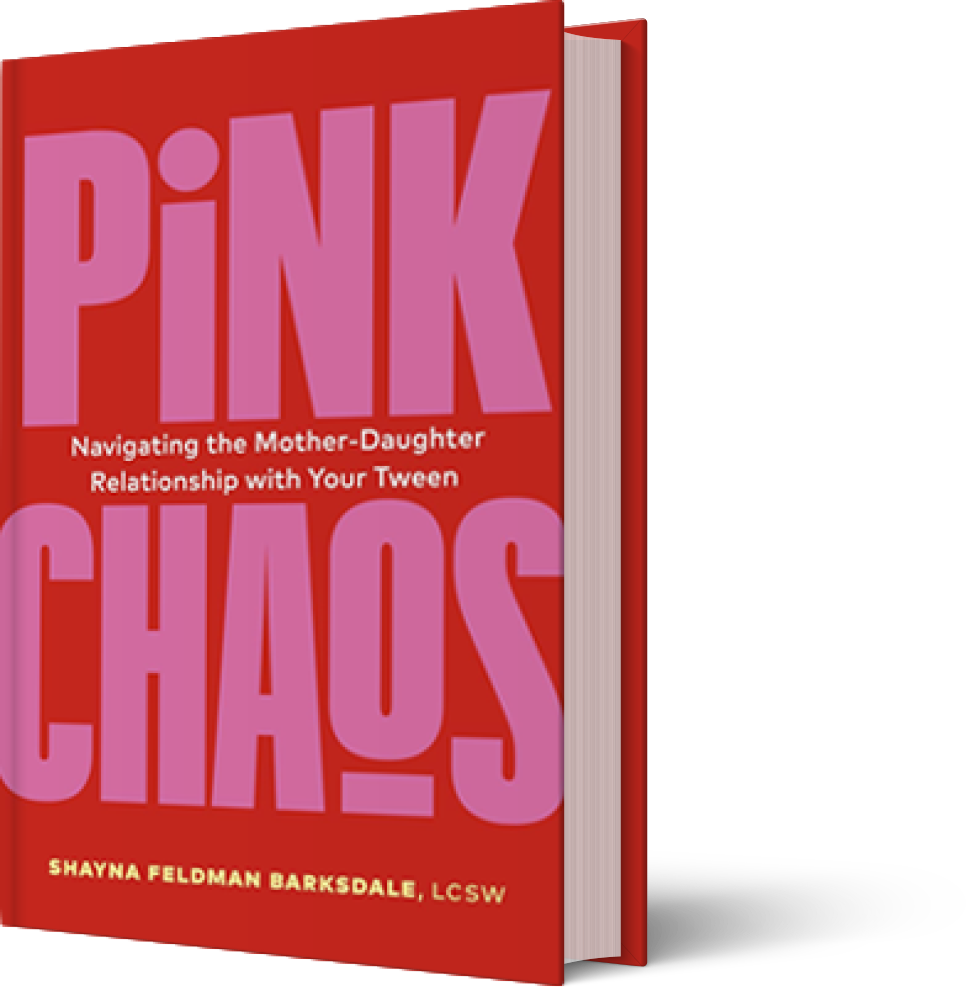Family Dinners Are Important

Research shows that family dinners have numerous benefits for children and adolescents. Frequent family dinners have been linked with fewer emotional and behavioral problems, greater emotional well-being, more trusting and helpful behaviors towards others, and higher life satisfaction, regardless of gender, age, and family economics (Elgar et al., 2012). For youth, family dinners provide a feeling of consistency in their lives. This is extremely important, as it makes them feel secure and creates a feeling of belongingness. Making a conscious effort to have more frequent family dinners is the first step. However, as parents, it can helpful to have a guide to assist in making the most out of family mealtimes. We know that back to school time can be a tough transition, so here is a technique that Shayna recommends. Below is a guide created by Lois Ingber, LCSW, CPDLT from “Positive Discipline” by Jane Nelsen and Lynn Scott.
Family Meetings
Purpose: To teach children valuable life skills and for families to learn and practice creating cooperation, responsibility, mutual respect and shared enjoyment.
Who: Anyone in the household (age 4 and younger can participate, just have something there for them to do during the meeting, or have them nearby to hear).
Where: Best done around a table, possibly during mealtime.
How: Keep an accessible agenda during the week that anyone can add to (none added at the meeting). Have a Chairperson and a Recorder. Rotate these every time so all get a chance to participate.
FORMAT:
1. Gratitudes and Compliments: Each person gives a compliment to each (or another) family member. (“Thanks for helping me clean out the closet this week, “etc.). It’s ok to ask to be complimented for something specific (“ I’d like to be complimented for clearing all the weeds in the garden.”). Each person should also say something they are thankful for or appreciate.
2. Review of Previous Solutions: Determine if the improvement was achieved or further discussion needed. Acknowledge success.
3. Agenda Items: “Improvements” (a positively stated problem: Instead of “messes left in the living room” list it as “ keeping the living room clean.”). The person listing the agenda item chooses to: A) Share feelings while others listen, B) Discuss without fixing, or C) Ask for problem solving help: brainstorm solutions without discussion- then determine which ones are safe, fair, do-able. Strive for the consensus; gain agreement to do for one week, and then evaluate. Generally the person who listed the agenda item selects; you will know which is the most fair way in your family. Note– you should limit to two improvements per week.
4. Planning: Upcoming activities, meals, celebrations like birthdays, vacations, etc.
5. Fun Activity: Immediately following the meeting (family game, movie, popcorn, etc.).
In General: Keep meetings brief enough to accomplish things but not become tiresome. Use the skills you have been learning (encouragement, what/how questions, asking vs. telling, reflective listening, focus on solutions vs. punishment/rewards, giving responsibility, having faith in your children’s (and your own) abilities). If not everyone in the household wants to participate, have the meetings anyway; after some time has passed they may wish to join in once their effectiveness has been seen.
All family members have equal opportunity to contribute and participate. Listen to all ideas, no matter how unlikely they might seem. Allow the children to give their ideas firs, to create an atmosphere of openness and confidence.
ATFG Facebook Page Up and Running!
 Please go and like the Austin Therapy for Girls Facebook page! We will frequently be posting future updates, advice, and other interesting articles. Here is a link: Austin Therapy for Girls Facebook Page.
Please go and like the Austin Therapy for Girls Facebook page! We will frequently be posting future updates, advice, and other interesting articles. Here is a link: Austin Therapy for Girls Facebook Page.






